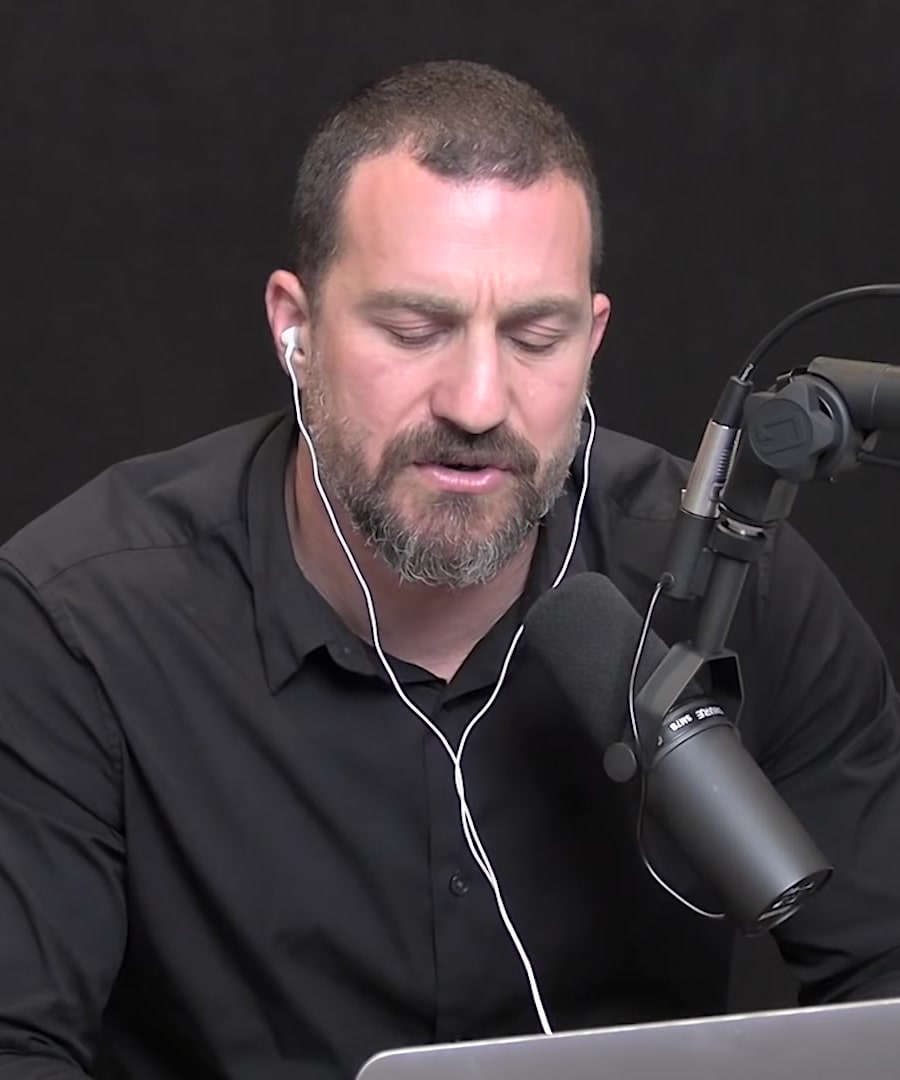Endocrine disruptors
Sources:
Andrew Huberman has discussed the impact of endocrine disruptors on reproductive health and broader biological systems in several conversations. Here are key insights based on his discussions:
-
General Impact of Endocrine Disruptors:
- Endocrine disruptors are chemicals that can interfere with endocrine (or hormonal) systems. These disruptions can cause cancerous tumors, birth defects, and other developmental disorders.
- Specific examples include substances in products like plastics, pesticides, and cosmetics, which can affect the hormone system by mimicking natural hormones, hence interrupting natural hormonal balance.
-
Impact on Reproductive Health and Hormone Levels:
- There is significant concern about the decreasing levels of critical hormones like testosterone, possibly due to endocrine disruptors found in the environment. These disruptors can block androgen receptors and lead to various reproductive and developmental issues, including affected sperm counts and fertility rates 1.
- During a discussion with Dr. Natalie Crawford, Huberman highlighted the effect of compounds like evening primrose oil, which contains pseudo-estrogen properties, potentially leading to early secondary sex characteristics in both young males and females 2.
-
Specific Effects on Development and Puberty:
- Potential effects of these disruptors on puberty were also noted, where there's an increased appearance of secondary sexual characteristics due to exposure to products containing hormonal mimics, rather than initiating actual puberty processes 2.
-
Environmental and Dietary Sources:
- Huberman noted the widespread presence of endocrine disruptors in various environmental sources such as water, and raised concerns about the ubiquity of these disruptors in tap water specifically 3.
- He also discussed the phenomenon of plant-derived estrogens and their evolutionary purposes, which might include reducing reproductive capacities in consuming animals as a form of population control 4.
Given the complexity and the ongoing research in this field, Huberman expressed the need for more scientific studies to pinpoint the exact mechanisms and the breadth of impacts caused by endocrine disruptors. This area of research is crucial due to its broad implications on human health and biological ecosystems.
RELATED QUESTIONS-



